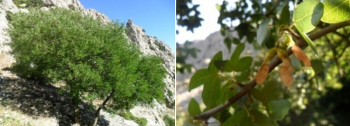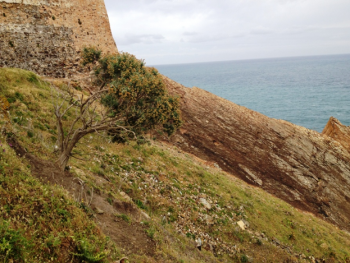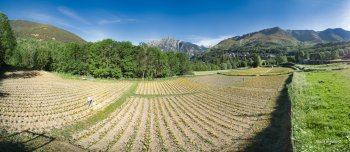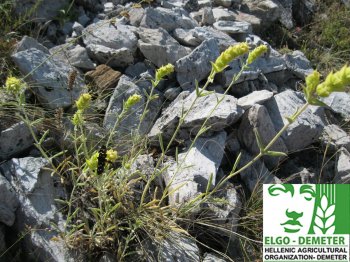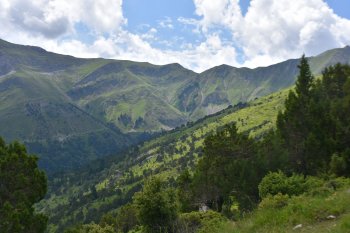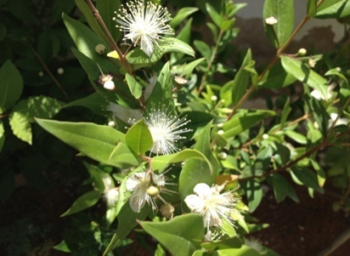Seed germination techniques of Montpellier maple (Acer monspessulanum L.)
The Montpellier maple (Acer monspessulanum L.) is a Mediterranean and West Asian species considered in Tunisia as rare with only three locations. The ecological importance of the species as a broadleaf and its effects on its natural ecosystem leads us to get a clear idea of the best way of propagation using seeds.

